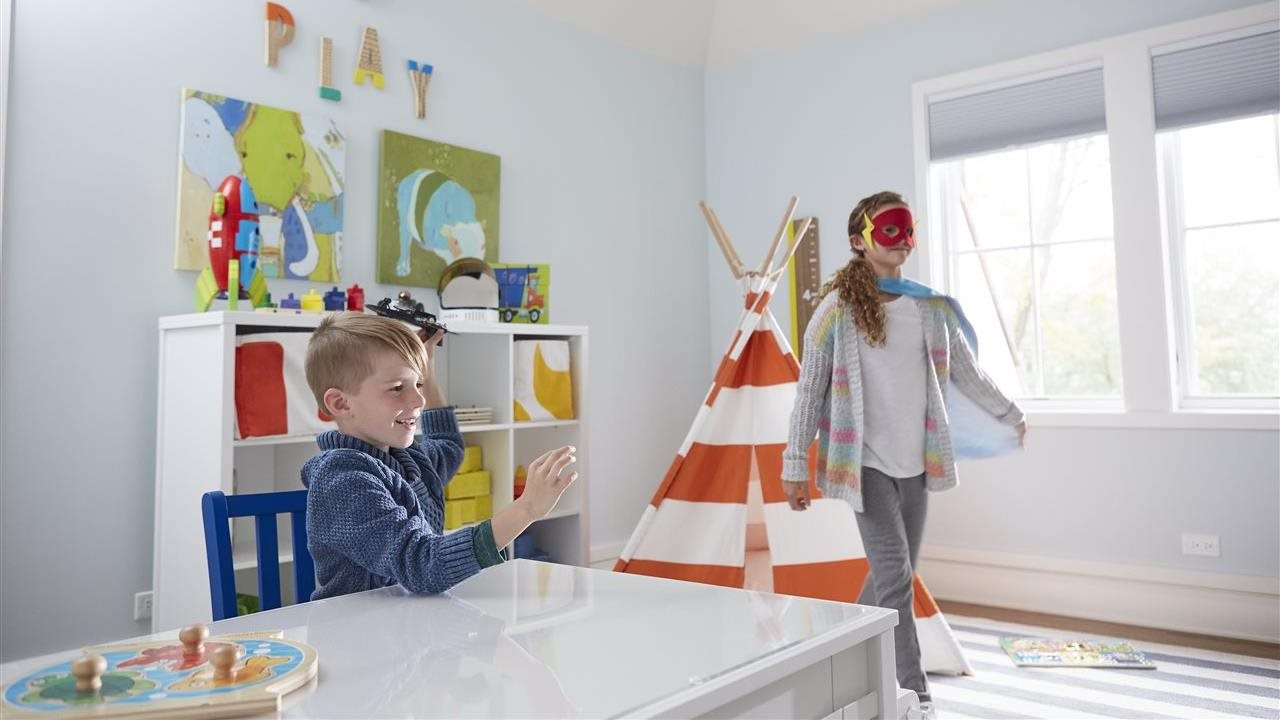2019-05-14T09:01:00
(BPT) – Do you have diabetes and stress about finding healthy and convenient snack options while you’re traveling?
See below for smart snacking tips and healthy recipes for diabetics.
- Choose healthy and satisfying snacks between meals. Snacking done right can keep your blood sugar levels as close to normal as possible and can help prevent low blood sugar.
- Try almonds. Almonds fall low on your carb count chart at 6 grams per serving, they’re easy to stash in your carry-on bag and can be found in practically every convenience store and airport.
- Balance is everything. Combine a high-fiber carb with a protein-rich food to build your smart snack!
- Maintain a calorie cap. Keep snacks to less than 200 calories so your snack doesn’t end up being an extra meal.
- Portability is key. Always carry a snack with you so you’re prepared for blood sugar slumps.
- Snack mindfully. Think before you eat. Are you hungry or are you bored? Munching mindlessly out of boredom is a sure way to gain unnecessary pounds and interrupt your diabetes management goals.
- Check your blood sugar before you sweat. Check your blood sugar before and after you exercise to monitor if you require a snack. Exercise tends to lower blood sugar levels, so you may need sustenance before or after.
“The health benefits of almonds are wonderful for people with diabetes,” says registered dietitian, nutritionist and diabetes expert, Toby Smithson. “Almonds contain good fats, are a good source of fiber (4 grams), and when consumed in moderation, can help you feel full and maintain your weight.”
Fruit Salad with Almonds
Serves: 1
20 grams of carbohydrate
Ingredients:
1/2 cup fresh raspberries
1/4 cup red grapes
1/2 teaspoon orange blossom water (found in the ethnic foods aisle)
2 tablespoons sliced almonds
Serve on top of 1/3 cup low-fat cottage cheese
Preparation:
Mix the fruit, orange blossom water and the almonds in a small bowl. Serve with cottage cheese if desired.
Hummus Almond Wrap
Serves: 1
27 grams of carbohydrate
Ingredients:
2 tablespoons hummus
One 8-inch whole grain tortilla
6 whole snap peas
3 large fresh basil leaves
1 tablespoon sliced almonds
Preparation:
Spread hummus over the tortilla. In the middle of the tortilla, place the snap peas, basil and almonds. Fold ends of tortilla over to wrap and eat.
For more snacking tips and recipes, visit almonds.com.










